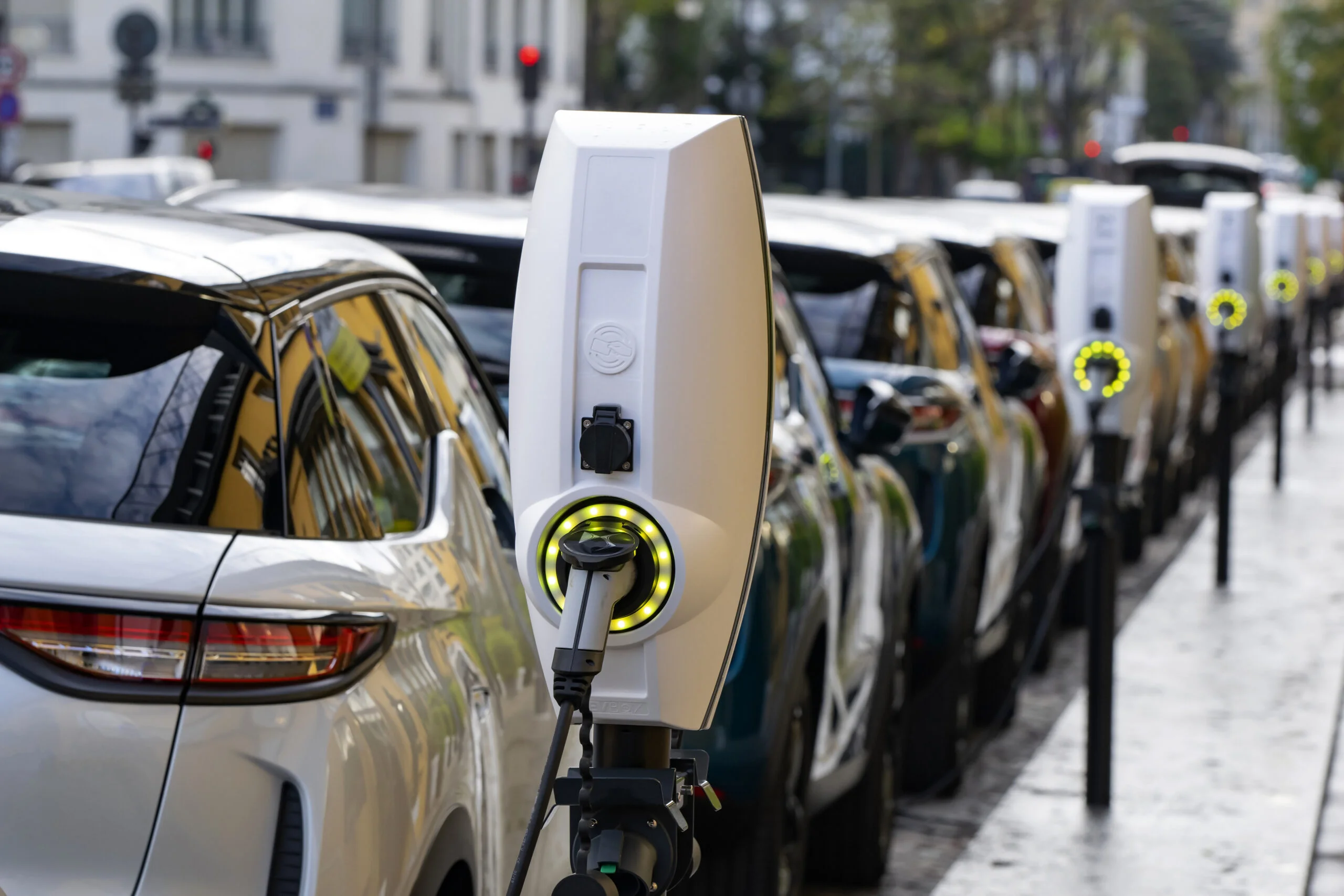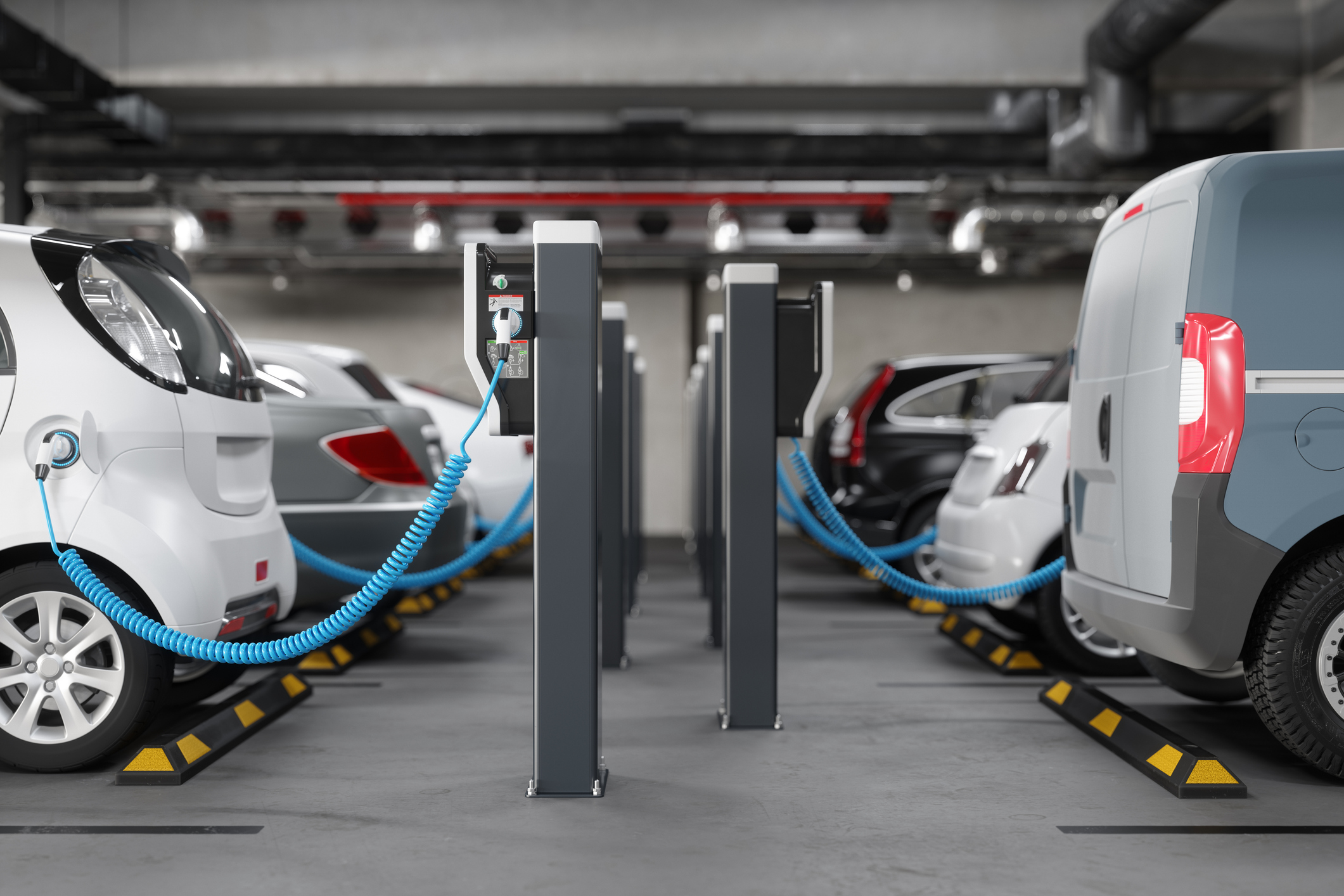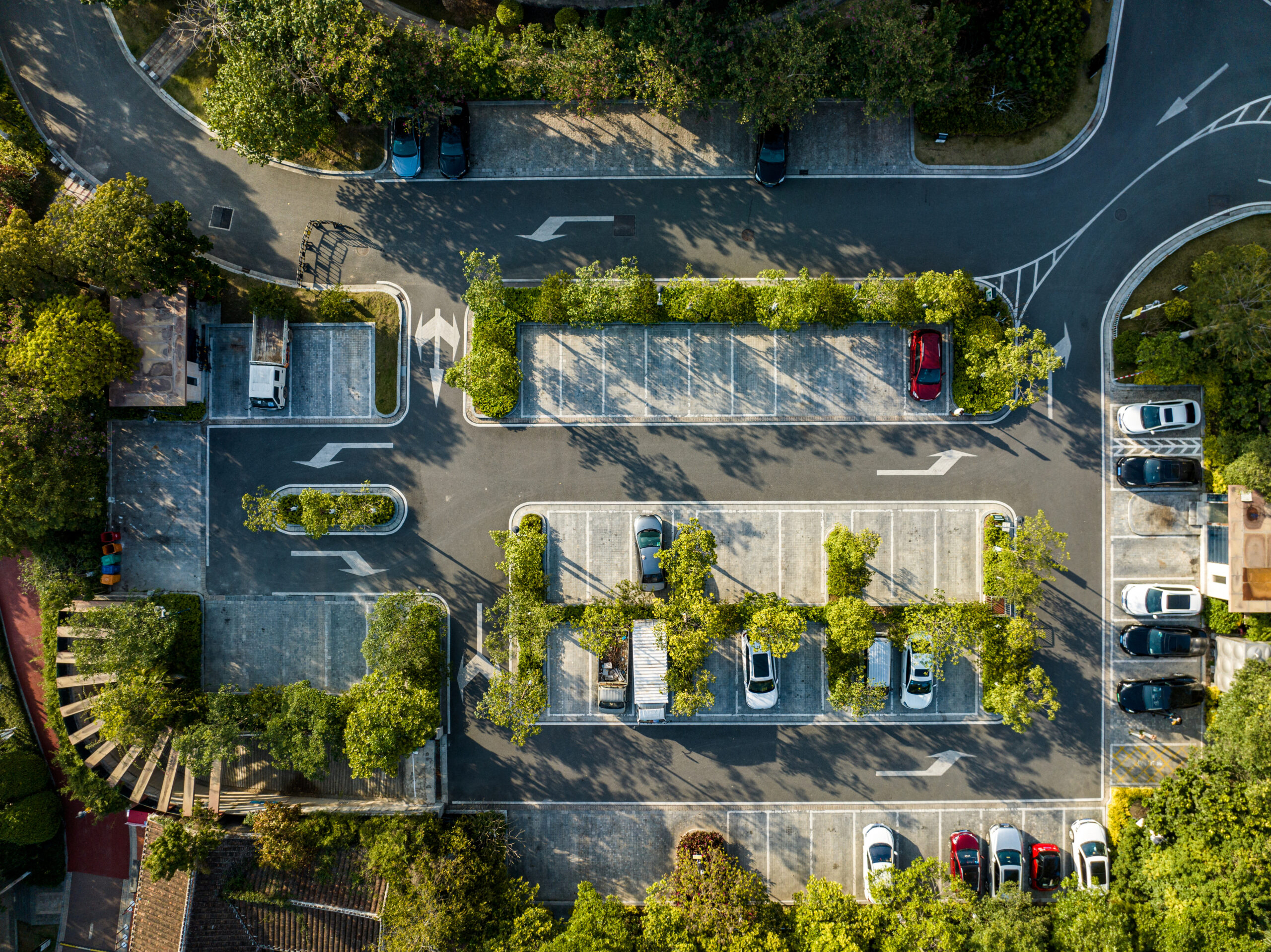In 2023, Americans bought more than a million electric vehicles (EVs). Between discounts and incentives, EVs are expected to get cheaper in 2024, leading to even greater consumer adoption. The increased adoption of EVs means more electric demand, challenging grid operators to meet an ever-evolving (and expanding) consumer need. To meet increased demand, legislators and investors alike have turned to expanding national grid infrastructure, a solution complicated by years-long backlogs of necessary grid upgrades. Fortunately, EV charging and other demand flexibility initiatives offer a non-wires alternative fix to meeting customer electric needs, while defraying high energy costs during peak periods of consumption.
The EV Market at a Glance
In 2023, global EV sales rose 31%, and this year already promises more with analysts predicting a 22% growth in 2024. This market growth reflects both government and high-level investment interest, as well as continued consumer buy-in. Research indicates that while public sentiment on phasing out combustion engines persists, interested consumers overwhelmingly support EV adoption as both a cost-saving measure and an environmentally friendly alternative to fossil fuels.
The Case For EVs
Electric vehicles (EVs) remain a part of the global electrification conversation for a good reason: they are a net positive in mitigating climate change. While it’s true that EVs are heavier, leading to more road wear; involve rare Earth minerals; and are mostly powered by fossil fuels considering the U.S. energy portfolio, they still offer a viable path toward decarbonization. The challenges that plague the EV industry, from difficulties with battery charging in cold temperature extremes to safety measures, represent surmountable obstacles, and technological features that will inevitably be overcome; charging technologies will improve, while EV manufacturing costs will decrease over time.
Ultimately, as an alternative to fossil fuels, EVs represent the next generation of personal vehicles. They will become safer and more affordable, and through EV manufacturing mandates designed to increase the EV fleet or legislation like the Inflation Reduction Act or Bipartisan Infrastructure Law, electric vehicles will pose an existential threat to energy demand within the decade. Through EV charging, however, utilities can minimize consumption during peak demand hours, while strengthening grid resiliency and minimizing high energy costs.
Wanted: More Charging Infrastructure
For now, EV chargers come in three distinct varieties: Level 1, level 2, and direct current fast charging (DCFC) standards. Level 1 EV charging is the slowest, typically providing 4-5 miles of range charged per hour, while Level 2 chargers are approximately twice as efficient, yielding around 22.5 miles of range charged per evening. Direct current fast charging stations, which require a higher level of electrical infrastructure, charge at a much higher rate, producing around 80% of a full charge in 20 minutes.
– Syd Bishop, Sr. Content Specialist, Virtual Peaker
To put this in context, on average American commuters travel about 27 minutes to work every day, or around 16 miles to work each way. That means that EV owners with a level 1 charger need approximately 8 hours for a sufficient commuter charge, level 2 chargers need around 4 hours for a sufficient charge, and DCFC chargers which are extremely unlikely in a residential area, would take only about half an hour to charge. The majority of consumers will only encounter DCFC stations away from their homes, meaning that as more EVs hit the road, electric demand will only continue to grow. Fortunately, demand flexibility strategies like EV charging allow utility program managers the opportunity to shift demand to off-peak charging hours, conserving energy, enhancing energy security, and lowering high electricity costs.
So… What Happens If Nothing Is Done To Upgrade the Grid?
A Department of Energy report identified that increased electrification efforts will account for an approximately 38% increase in electric demand by 2050. Further research indicates that the ratio between global energy consumption and efficiency gains will likely prove insufficient to meet demand by 2050. The U.S. Grid Deployment Office estimates that 70% of all transmission lines are approaching the end of their lifecycle and that without upgrades to physical infrastructure, communities are susceptible to energy insecurity, cyberattacks, and emergencies caused by power outages.
Failure to upgrade the grid or provide effective load management strategies is expensive. Already, analysts expect grid upgrades to cost over $2.5t by 2035, a figure that only promises to increase to match potential challenges or failures. In addition to this sobering figure, power outages are already costly to grid operators; considering that climate change will increase the occurrence of potentially damaging weather events while increasing temperature extremes means these challenges are likely to appear much sooner rather than later.
EV Load Management
Electric vehicles are one of several distributed energy resources (DERs), which also include battery storage devices, photovoltaic solar, and smart home devices like water heaters and thermostats. These otherwise disparate devices can be aggregated as energy assets through the use of a distributed energy resource management system (DERMS), which allows grid operators to better manage load. Effective load management strategies are essential during the energy transition, as a means of both strengthening the grid and mitigating extremely costly grid upgrades in favor of the lower-cost non-wires alternatives that EV charging offers. Let’s take a closer look at a few of the specific strategies that can help utilities better address their EV charging needs.
EV Managed Charging
The most common EV charging strategy is EV managed charging. Like demand response, EV managed charging is a conservation initiative designed to curtail usage during peak hours of consumption, shifting them to off-hours. With EV managed charging, utilities send a signal to an EV to control when, if, and/or how much the vehicle will continue to charge. In doing so, utilities can minimize usage during peak hours of electric demand, conserving energy to strengthen grid resiliency, while mitigating high peak electric costs.
V2G Charging
While EV managed charging is a conservation effort, V2G charging is a reciprocal energy exchange that allows utilities to pull energy from otherwise idle devices. As such, V2G charging allows grid operators to tap into existing community energy assets like the electricity stored in a parked electric vehicle to redistribute back to the grid during peak hours of usage. Like managed charging, this EV charging solution can help reinvigorate the grid and defray high peak energy costs, albeit by withdrawing existing energy, rather than shifting usage.
EV Telematics
While not a specific EV charging solution, EV telematics is an analytics feature that grid operators can use for load forecasting and logistical needs. While some analytics functionality is available through the appropriate electric vehicle supply equipment (EVSE), EV telematics reports data from the vehicle in real-time, providing a more robust data set that utilities can use to best determine their energy purchasing and programmatic deployment needs.
Ignoring EV Charging Needs Conclusion
While upgrading the grid is an inevitability, the capital necessary to do so creates a barrier to improvement. Still, failure to upgrade the U.S. electric grid can lead to increased physical and cyber vulnerabilities, energy inefficiencies, and limitations in adapting to the evolving energy landscape, potentially impacting the reliability and resilience of the entire electrical system.





